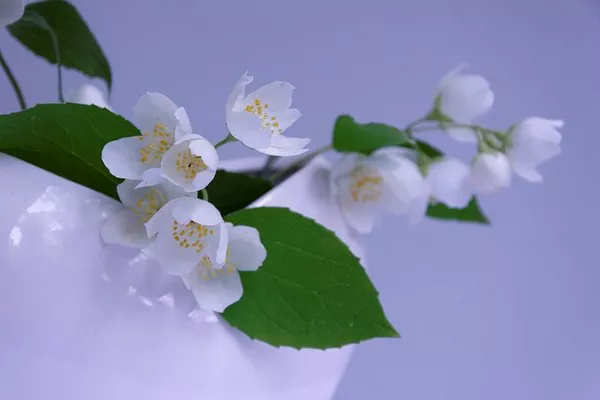Pressing flowers is a timeless art form that allows us to capture the fleeting beauty of nature and preserve it for posterity. Whether you’re a seasoned botanist, an avid gardener, or simply someone who appreciates the delicate allure of flowers, pressing them can be a rewarding and creative endeavor. However, one of the most frequently asked questions by those new to the practice is, “How long does it take to press flowers?” In this article, we will explore the various factors that influence the time required for pressing flowers, and offer guidance on achieving the best results.
Understanding the Art of Pressing Flowers
Before delving into the timeframe for pressing flowers, it’s essential to understand the process itself. Pressing flowers involves removing moisture from the blossoms while maintaining their shape and color. By doing so, you can create beautifully preserved specimens suitable for a wide range of artistic projects, such as making botanical art, greeting cards, or creating decorative arrangements.
Factors Influencing Pressing Time
The duration required for pressing flowers depends on several key factors, each of which can affect the final result:
Flower Type and Moisture Content: Different types of flowers have varying moisture content, which significantly influences pressing time. Thin-petaled, delicate flowers like pansies and daisies may dry faster than thicker, fleshy flowers such as roses or hydrangeas. Ideally, you should select flowers that are in peak condition with minimal moisture for quicker pressing.
Size and Thickness: The size and thickness of the flowers also play a role in determining pressing time. Larger and thicker blossoms may require more time to dry completely. It’s advisable to press flowers of similar size and thickness together to ensure uniform results.
Pressing Method: There are several methods for pressing flowers, including traditional book pressing, using a flower press, or employing a microwave or oven. Each method has its own set of advantages and drawbacks, with pressing time varying accordingly. Traditional book pressing may take a few weeks, while microwave or oven methods can yield results in a matter of minutes.
Environmental Conditions: The climate and environmental conditions in your location can significantly impact the drying process. High humidity levels can prolong pressing time, while dry and arid conditions may expedite it. To counteract humidity, consider using a dehumidifier or silica gel in your pressing process.
Flower Preparation: Properly preparing your flowers before pressing can save time. Remove excess foliage and trim the stems to reduce moisture content. Additionally, consider pressing the flowers at the peak of their bloom when they are less likely to release moisture.
Pressing Methods and Their Timeframes
Now, let’s delve into the pressing methods commonly used for preserving flowers and the approximate timeframes associated with each:
Traditional Book Pressing: Traditional book pressing is a classic method that involves placing flowers between the pages of a heavy book and allowing them to dry over time. The duration can vary, but it typically takes 2-4 weeks for most flowers to fully dry using this method. Check the flowers periodically to ensure they are drying evenly.
Flower Press: A dedicated flower press is designed for pressing flowers efficiently. With a flower press, you can expect flowers to dry within 1-2 weeks, depending on the moisture content and thickness of the blooms. The press applies consistent pressure, ensuring uniform drying.
Microwave Pressing: Microwave pressing is a quick method that can yield dried flowers in a matter of minutes. Place the flowers between two layers of microwave-safe paper and microwave them for short bursts of 10-20 seconds, checking regularly until they are dry. This method is ideal for those seeking immediate results but may not preserve color as well as other methods.
Oven Drying: Oven drying is another fast method that takes approximately 30 minutes to an hour. Preheat your oven to its lowest setting, place the prepared flowers on a baking sheet lined with parchment paper, and let them dry in the oven. Keep a close eye on them to prevent over-drying or scorching.
Conclusion
The time it takes to press flowers depends on a variety of factors, including flower type, size, thickness, pressing method, environmental conditions, and flower preparation. While traditional book pressing and flower presses offer a more time-consuming but gentle approach, microwave pressing and oven drying provide quicker results at the expense of some color preservation. Ultimately, the choice of pressing method should align with your preferences and the specific needs of your project.
Regardless of the method you choose, patience and attention to detail are key to successfully pressing flowers. Experiment with different techniques, and don’t be discouraged by trial and error. With practice, you can master the art of pressing flowers, creating stunning botanical art and cherished keepsakes that will stand the test of time.


